1. Friends Tried Joey
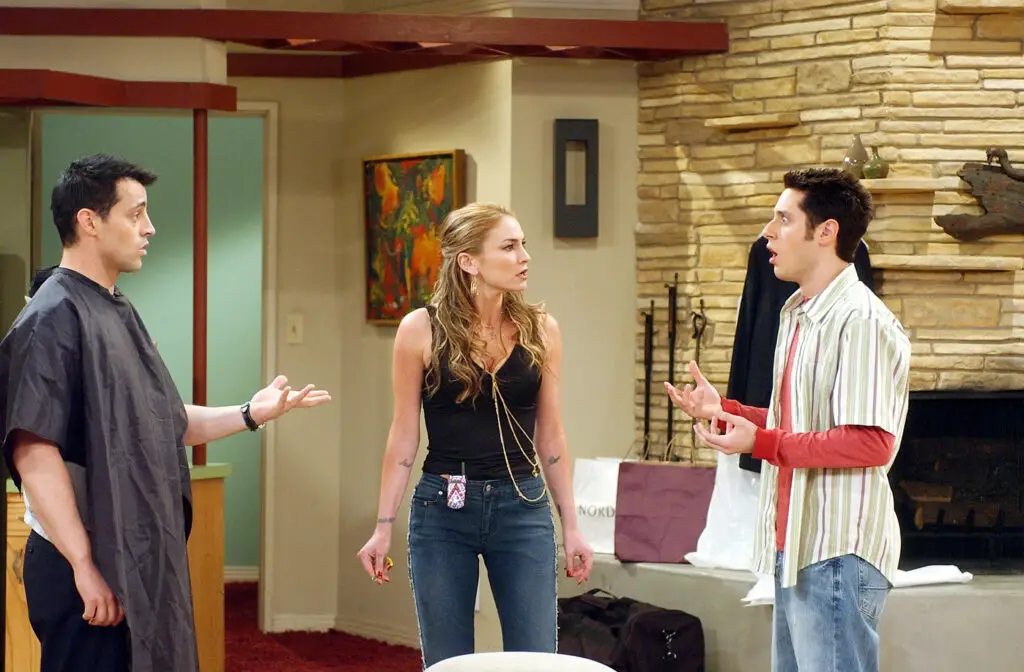
When Friends ended in 2004, NBC wasn’t ready to say goodbye, so they gave Matt LeBlanc’s character his own show. Joey followed the goofy actor as he moved to Los Angeles to pursue his career, but without his six friends around, the magic was gone. It turns out what made Joey lovable in a group didn’t quite work solo. The writing felt flatter, and the chemistry that made Friends sparkle just didn’t translate shares Screen Rant.
Fans tuned in at first out of curiosity, but interest dropped fast. Critics weren’t kind either, and by the second season, viewership had tanked. NBC canceled Joey in 2006 after 46 episodes, with several never even airing in the U.S. It was a tough lesson that even the most beloved characters need the right ensemble to shine adds Deadline.
2. The Golden Girls Tried The Golden Palace

After Bea Arthur left The Golden Girls, the remaining cast tried to keep the party going with The Golden Palace. Blanche, Rose, and Sophia bought a Miami hotel and ran it with the help of a young Don Cheadle and a very early-career Cheech Marin. It sounded promising, but without Dorothy, it didn’t feel quite right. The tone shifted, the dynamic was off, and fans missed the original format says CBR.
CBS picked it up after NBC passed, but it never gained traction. Ratings dropped throughout the season, and it was canceled after just one year in 1993. It’s now mostly a trivia fact for die-hard Golden Girls fans. Even so, it had its moments—and let’s be honest, seeing Sophia bossing people around in a hotel lobby had potential adds ReMIND Magazine.
3. That ’70s Show Tried That ’80s Show
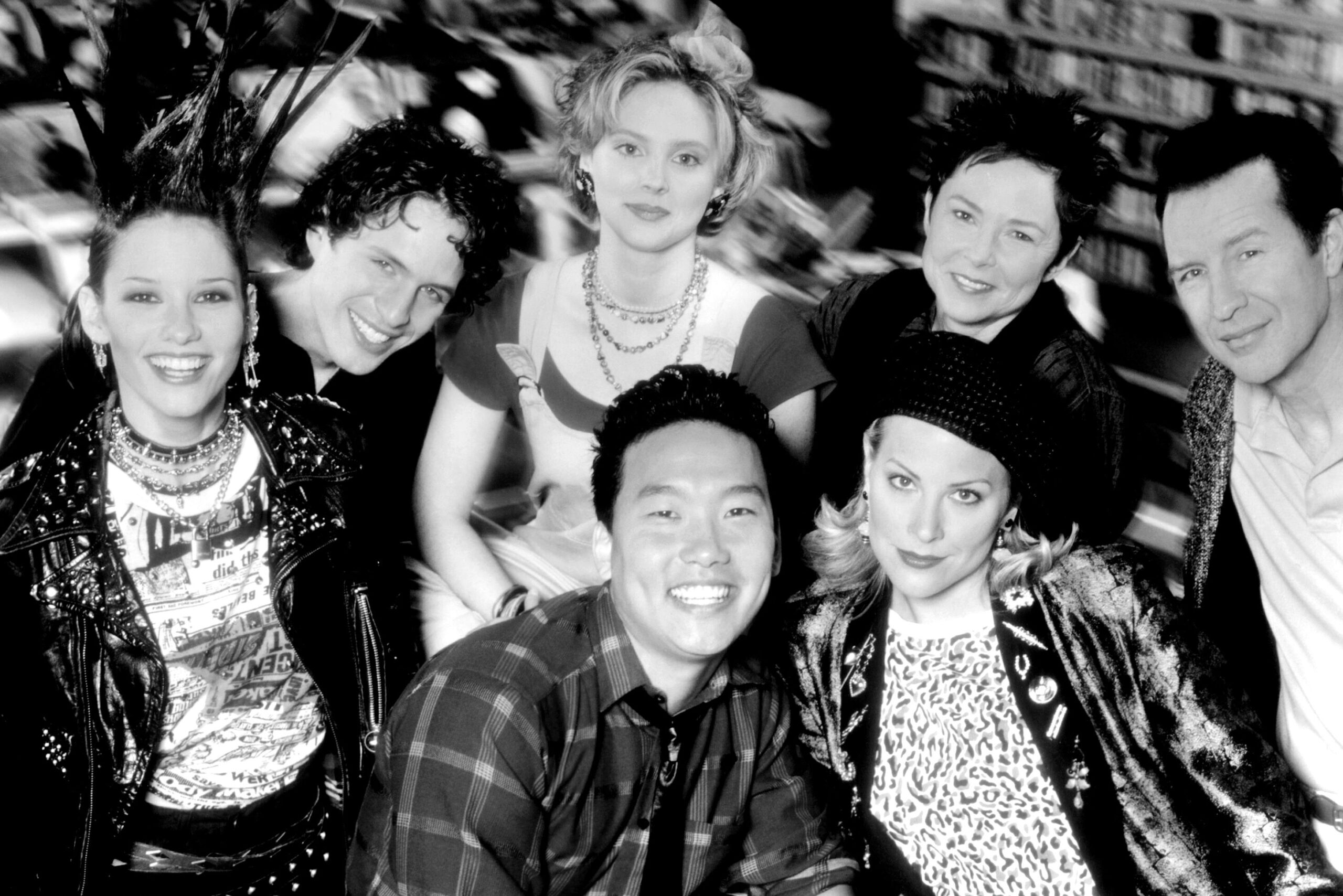
In 2002, Fox thought lightning might strike twice and launched That ’80s Show. It wasn’t a direct spinoff—none of the original characters appeared—but it aimed to capture the same retro charm, this time with big hair, new wave music, and synthesizers. The cast included Glenn Howerton before he became famous for It’s Always Sunny in Philadelphia, but even his talent couldn’t save it.
Viewers just didn’t connect with the new characters or the nostalgia of a decade that felt too recent at the time. It didn’t help that the writing lacked the wit and warmth of its predecessor. Ratings dropped quickly, and Fox pulled the plug after only 13 episodes. Today, it’s mostly remembered as a cautionary tale about chasing trends too soon.
4. Three’s Company Tried Three’s a Crowd
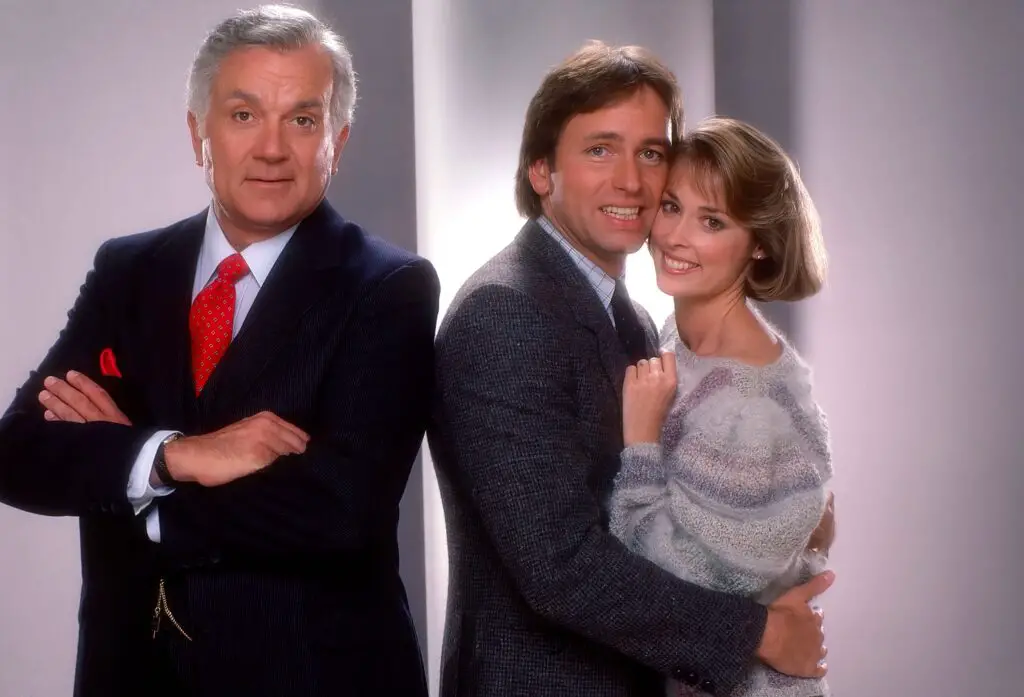
When John Ritter’s character Jack Tripper finally settled down, ABC figured viewers would want to see what came next. So they gave us Three’s a Crowd, which followed Jack living with his new girlfriend above the restaurant he managed. The idea was to show his next chapter, but the shift in tone didn’t land. Gone was the wild roommate chaos that made Three’s Company a hit.
Fans didn’t warm up to the new cast, and without Janet and Terri, it just didn’t feel the same. Ratings lagged, and critics weren’t impressed with the more “mature” version of Jack. After one season in 1984–1985, it was quietly canceled. Ritter was still charming as ever, but the show just lacked the spark of the original.
5. The Office Tried The Farm
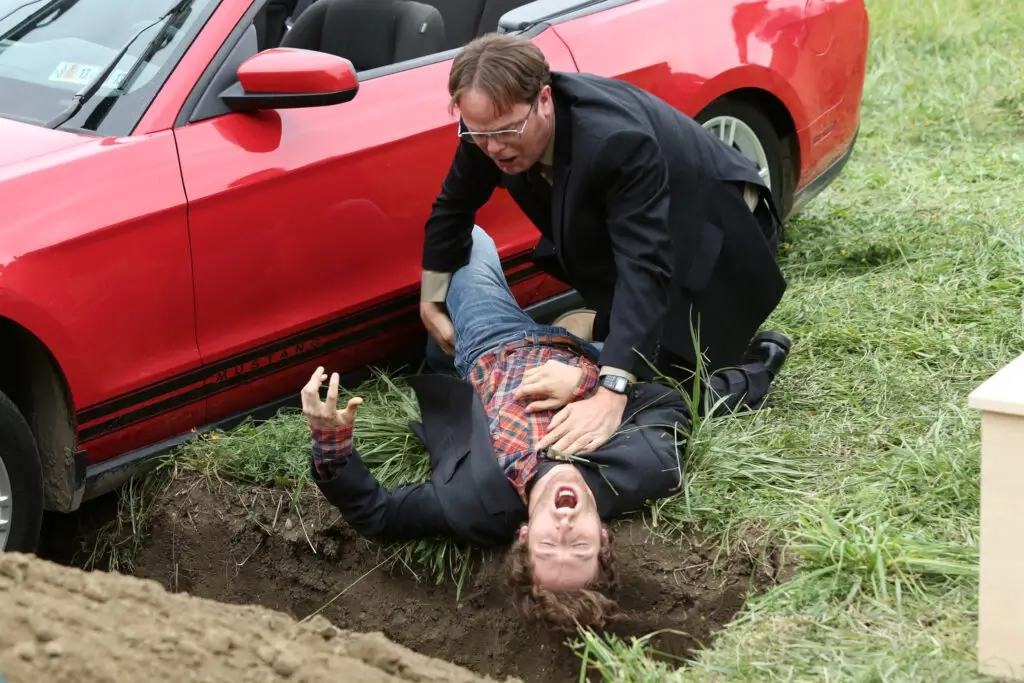
NBC had big hopes for a Dwight Schrute-centered spinoff called The Farm. It would’ve followed Dwight running his family beet farm with a quirky crew of relatives. They even filmed a backdoor pilot and aired it as an episode during the final season of The Office. But fans weren’t exactly clamoring for more Schrute after hours.
The episode got mixed reactions, and NBC ultimately passed on the series. It’s one of those projects that felt like a fun idea in theory but didn’t quite work in execution. Rainn Wilson was game, but maybe Dwight worked best when balanced by the rest of the Dunder Mifflin crew. Still, it’s fun to imagine what that show could’ve looked like in full.
6. Everybody Loves Raymond Tried The King of Queens Spinoff
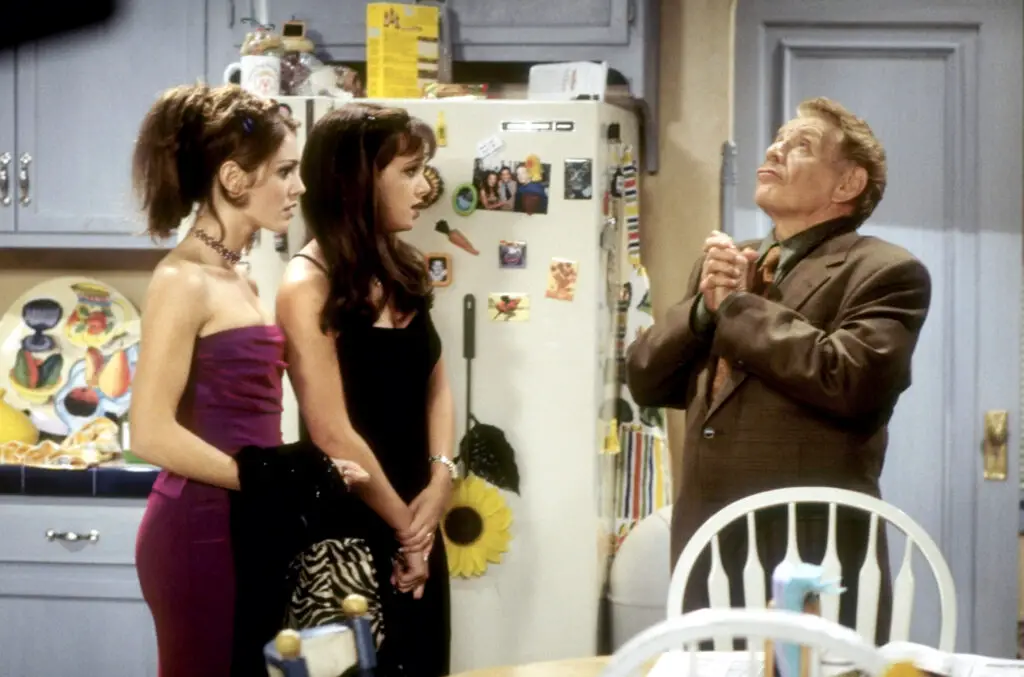
While not widely known, there was an attempted spinoff of The King of Queens, which itself was loosely tied to Everybody Loves Raymond thanks to crossover appearances. The proposed spinoff would’ve followed Doug Heffernan’s cousin and his oddball circle of friends. CBS filmed a pilot in 2005, banking on King of Queens‘ popularity, but it never aired.
Apparently, the charm didn’t carry over, and the characters lacked the relatable spark that made Doug and Carrie work. The project fizzled out quietly, and few even knew it existed until years later. It’s one of those “blink and you miss it” moments in sitcom history. Sometimes even a successful show can’t create lightning in a bottle twice.
7. M*A*S*H Tried AfterMASH

With M*A*S*H being such a massive hit, it made sense to try continuing the story. AfterMASH picked up with Colonel Potter, Klinger, and Father Mulcahy working at a stateside VA hospital. It had a good heart, and the original actors gave it their all. But the magic of M*A*S*H was in the war setting, the camaraderie, and the bittersweet humor.
Stateside, the stakes just didn’t feel the same. Ratings started strong but plummeted in the second season. CBS pulled the plug mid-season, and it became a footnote in M*A*S*H lore. Still, for die-hard fans, it was a nice way to see some familiar faces one last time.
8. Married… with Children Tried Top of the Heap
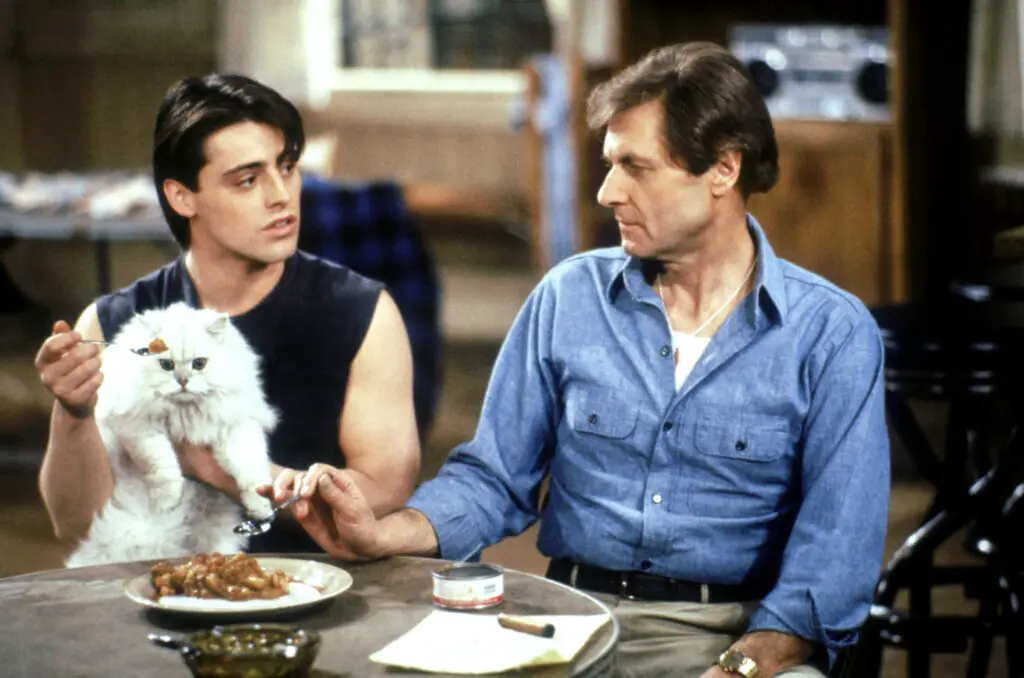
In 1991, Fox tried to cash in on Married… with Children’s success by spinning off a character named Vinnie Verducci, played by a young Matt LeBlanc. Top of the Heap centered around Vinnie and his dad trying to climb the social ladder, but the humor was crude even by Married standards. It didn’t help that the characters felt more like caricatures.
Audiences weren’t interested, and critics were harsh. The show lasted only six episodes before being pulled. Fox tried again with a sequel spinoff called Vinnie & Bobby, which also flopped. Before Friends made him a star, LeBlanc had a string of sitcom false starts, and this was one of the earliest misfires.
9. The Facts of Life Tried Jo
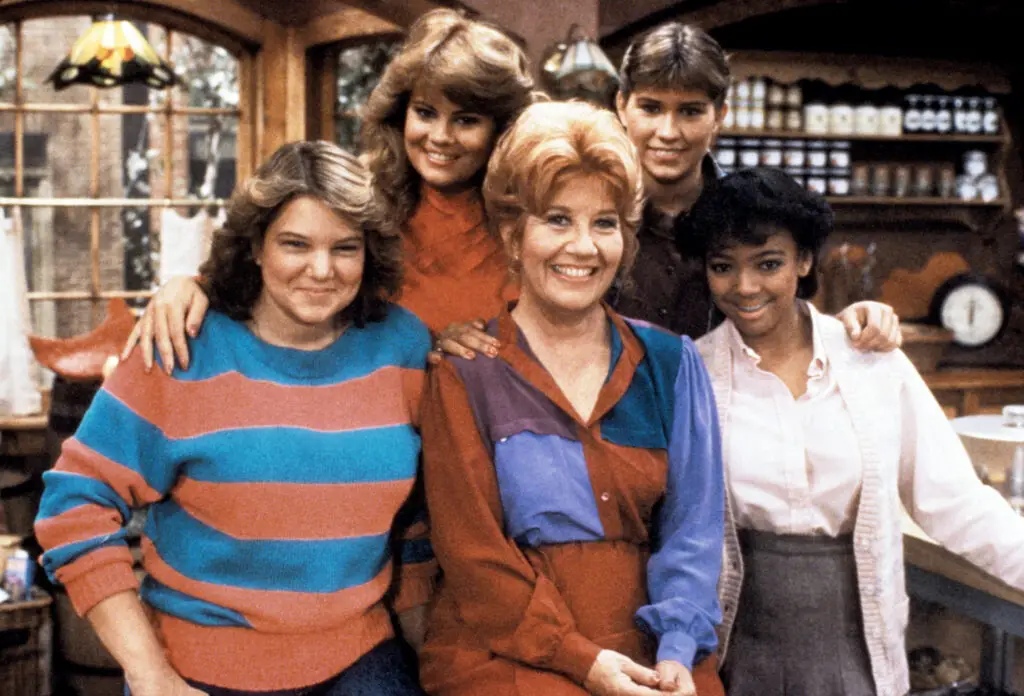
By the time The Facts of Life wrapped in 1988, producers hoped to keep the story going with a spinoff focused on Nancy McKeon’s tough-but-lovable Jo Polniaczek. The idea was to follow her as she became a police officer in New York City. They filmed a backdoor pilot, which aired as the final episode of The Facts of Life. But the tone shifted drastically from boarding school drama to police procedural.
Audiences weren’t sure what to make of it, and the network passed on the full series. Jo was a great character, but the new setting felt like a totally different show. Without the rest of the girls, the heart wasn’t there. It quietly disappeared, and McKeon moved on to other projects.
10. Diff’rent Strokes Tried Hello, Larry
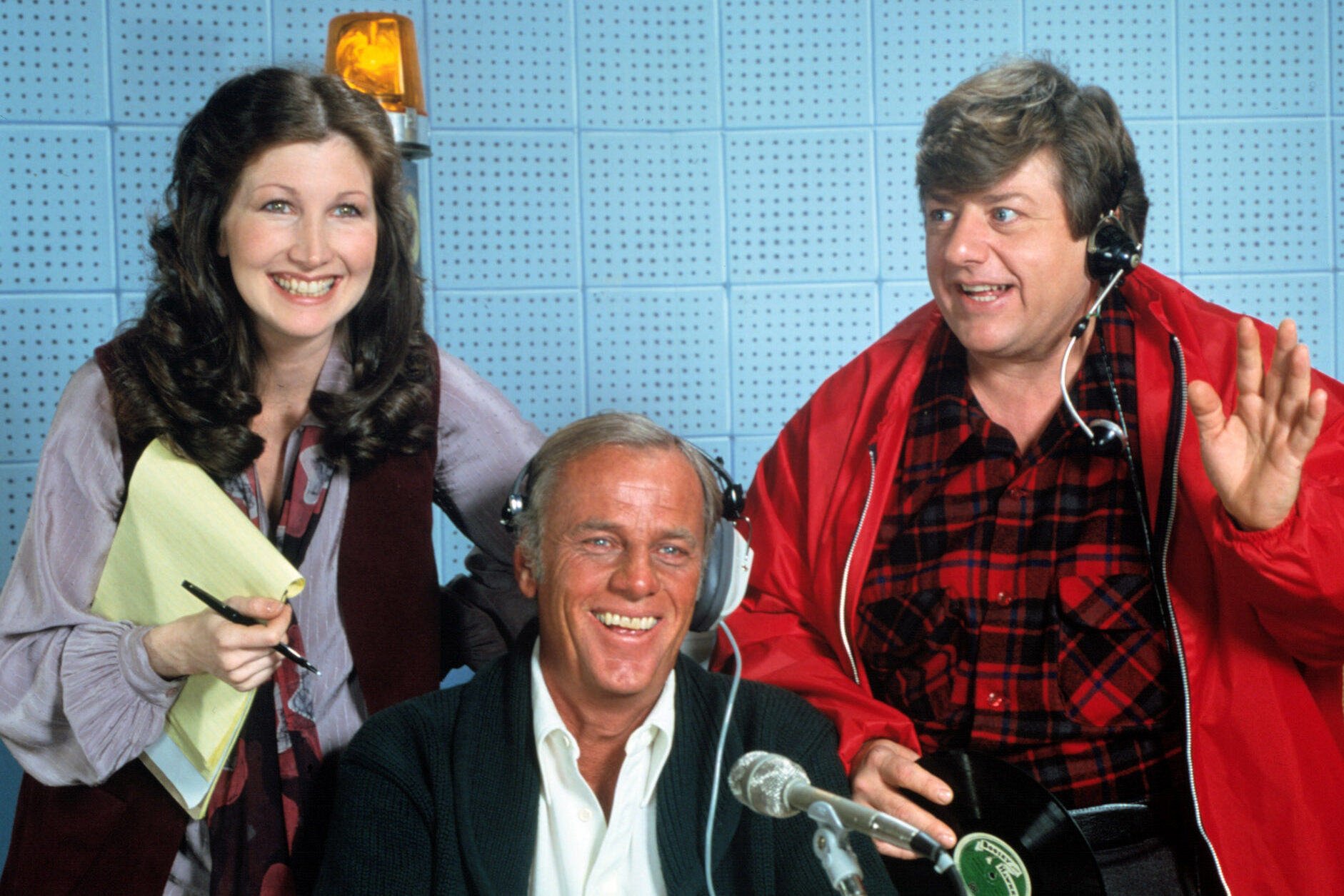
Hello, Larry was technically its own show, but NBC tried to connect it to Diff’rent Strokes by having the kids occasionally appear. It starred McLean Stevenson as a radio host and single dad adjusting to life in Portland. The hope was that familiar faces from Diff’rent Strokes would boost its appeal. But even with the crossover, it didn’t quite work.
Stevenson, formerly of M*A*S*H, struggled to find the right tone in his new role. The humor felt dated, and the writing was inconsistent. It lasted two seasons, but many consider it one of the worst sitcoms of its time. The connection to Diff’rent Strokes wasn’t enough to save it from fading fast.
11. Cheers Tried The Tortellis
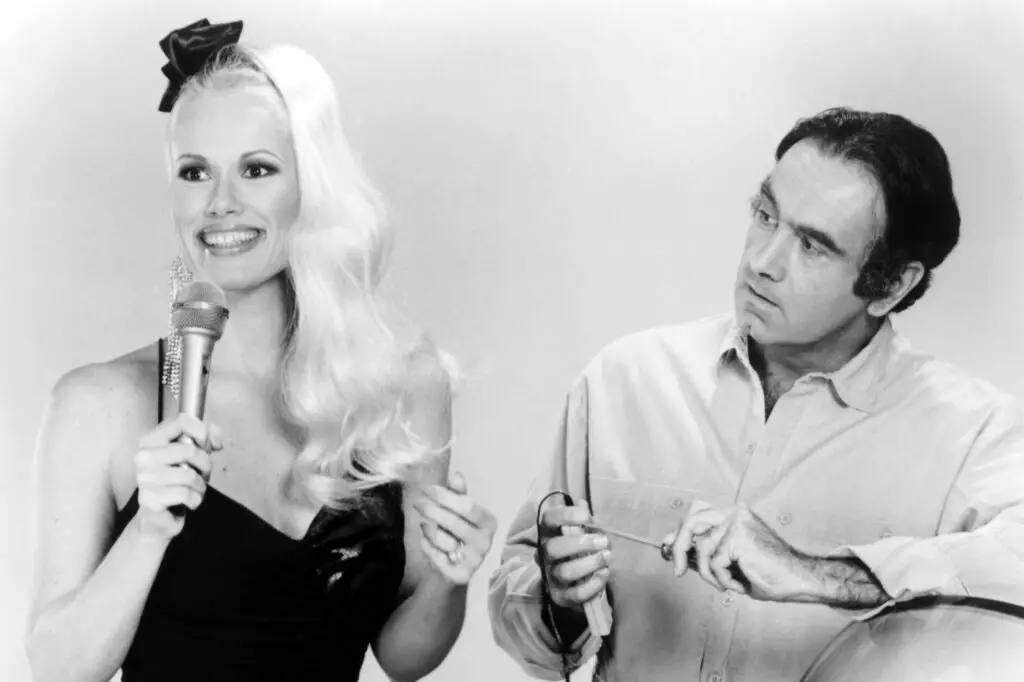
Before Frasier proved that Cheers spinoffs could work, NBC tried one focused on Carla’s ex-husband Nick and his new wife Loretta. The Tortellis aimed for a broader, more slapstick vibe, but it clashed with Cheers‘ sharp wit and character-driven humor. The new cast lacked chemistry, and the storylines felt cartoonish.
Viewers didn’t buy into it, and the ratings reflected that from the start. It was canceled after 13 episodes in 1987. Carla was a fan favorite, but her ex-husband was better in small doses. Some characters are just meant to stay on the sidelines.
12. Full House Tried Fuller House Spinoff Plans
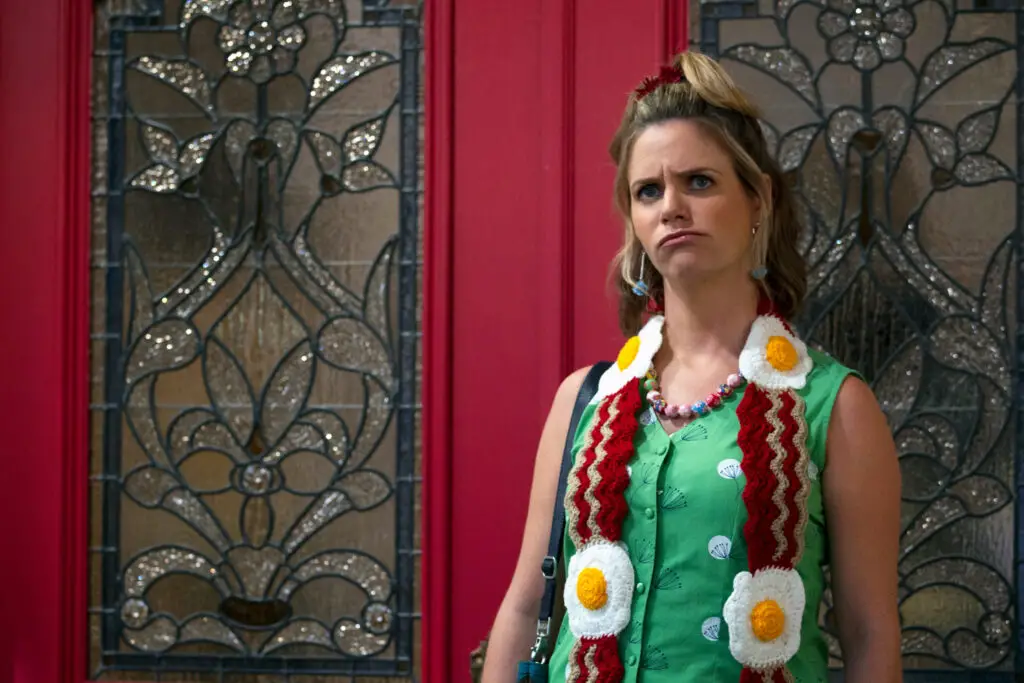
After Fuller House brought back most of the original cast, Netflix toyed with yet another spinoff centered around Kimmy Gibbler and her brother Jimmy. The idea was tossed around as a possible continuation after Fuller House wrapped its final season in 2020. But the pandemic stalled talks, and interest seemed to fizzle. Even Andrea Barber admitted nothing had moved past the early concept phase.
Fans were excited at first, especially those who grew to love Kimmy in the reboot. But lightning didn’t strike three times. Netflix didn’t move forward, and the project quietly disappeared. It’s not often you see a show attempt a spinoff of a spinoff—but Full House always did like to push boundaries.
